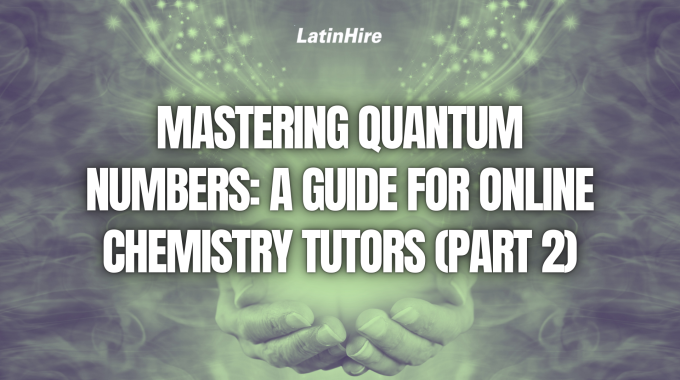Organic chemistry is the study of compounds that contain carbon. These compounds form the basis…

A Guide for Chemistry Teachers to Introduce Multivalent Metals
Multivalent metals, also known as transition metals with variable oxidation states, play a crucial role in chemistry and knowing how to work with them is key to understanding complex chemical reactions.
This article will serve as a comprehensive guide for you, as a chemistry teacher, to explain the concept of multivalent metals and how students can use them in chemical reactions.
Introduction to Multivalent Metals
Multivalent metals are those that can form ions with different charges, depending on the chemical environment. Common examples include iron (Fe), copper (Cu), and tin (Sn). These metals are found in the transition block of the periodic table and have multiple oxidation states due to their electron configuration.
Examples:
- Iron (Fe) can exist as Fe2+ (ferrous) or Fe3+ (ferric).
- Copper (Cu) can exist as Cu+ (cuprous) or Cu2+ (cupric).
Why Do Multivalent Metals Have Multiple Oxidation States?
The key to understanding multivalent metals is to recognize that they have d-orbitals, which can lose different numbers of electrons depending on the reaction. Use visual aids or electron configuration charts to show how electrons are lost from both the s and d orbitals when multivalent metals form different ions.
Identifying Multivalent Metals in Chemical Formulas
It’s essential for students to recognize when a metal is multivalent in a chemical formula. This usually comes down to the Roman numerals in compound names, which indicates the metal’s oxidation state. For example, iron (III) chloride, FeCl3, contains Fe3+, while iron (II) chloride, FeCl2, contains Fe2+.
Activity Idea: Provide students with a list of compounds and have them identify the oxidation states of the metals based on their names or their formulas. (E.g. copper (II) sulfate, SnO2)

Balancing Reactions Involving Multivalent Metals
Balancing chemical equations becomes slightly more complex when multivalent metals are involved because their oxidation states need to be accounted for. Teach students to:
- Write the correct formulas based on the oxidation states of the metals.
- Use oxidation numbers to balance reactions, especially redox reactions, where the metal may change oxidation state during the reaction.
- Ensure that both mass and charge are balanced when doing a final check of the balanced equation.
Example: When balancing the reaction between iron (III) oxide (Fe2O3) and carbon monoxide (CO), to form iron (Fe) and carbon dioxide (CO2), the balanced equation looks like this: Fe2O3 + 3CO → 2Fe + 3CO2. In this example, the charge of iron changes from Fe3+ to Fe0, so at the end of the reaction, students must also ensure that not only are the number of atoms balanced, but the charges are balanced as well.
Oxidation-Reduction (Redox) Reactions Involving Multivalent Metals
Redox reactions are common when dealing with multivalent metals. Teach your students how to track the movement of electrons as metals change from one oxidation state to another. These reactions are central to understanding how metals behave both in the lab and in the real world.
Give students a list of rules for assigning oxidation numbers:
- The oxidation number of an atom in its elemental form is always 0. (E.g. Fe (solid), O2 H2 all have an oxidation number of 0.)
- The oxidation number of a monoatomic ion is equal to its charge. (E.g. Ca2+ has an oxidation number of +2 and Cl- has an oxidation number of -1.)
- Oxygen typically has an oxidation number of -2 in most compounds, except for peroxides (e.g. H2O2) where oxygen has an oxidation number of -1. Another exception is OF2, where oxygen has an oxidation number of +2 because fluorine is more electronegative.
- Hydrogen usually has an oxidation number of +1 when bonded to nonmetals (e.g. in H2O, hydrogen is +1) and an oxidation number of -1 when bonded to metals (e.g. NaH, hydrogen is -1).
- The sum of all oxidation numbers in a neutral compound is 0 and the sum of all oxidation numbers in a polyatomic ion is the charge of the ion.
- Transition metals can have multiple oxidation states, so the oxidation number is determined by the compound’s formula or name.
Multivalent Metals in the Real World

Link the concept of multivalent metals to real-world scenarios to make it more applicable and engaging for students. Explain how multivalent metals are used in industrial processes, batteries, and even biological systems, like in the instance of iron redox reactions in red blood cells (hemoglobin).
We hope this article will help you introduce multivalent metals to your chemistry students. What other topics in STEM would you like to see in our future articles? Share them in the comments below!



